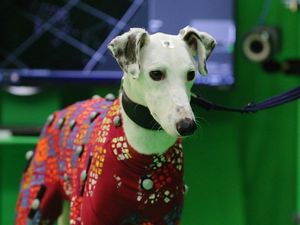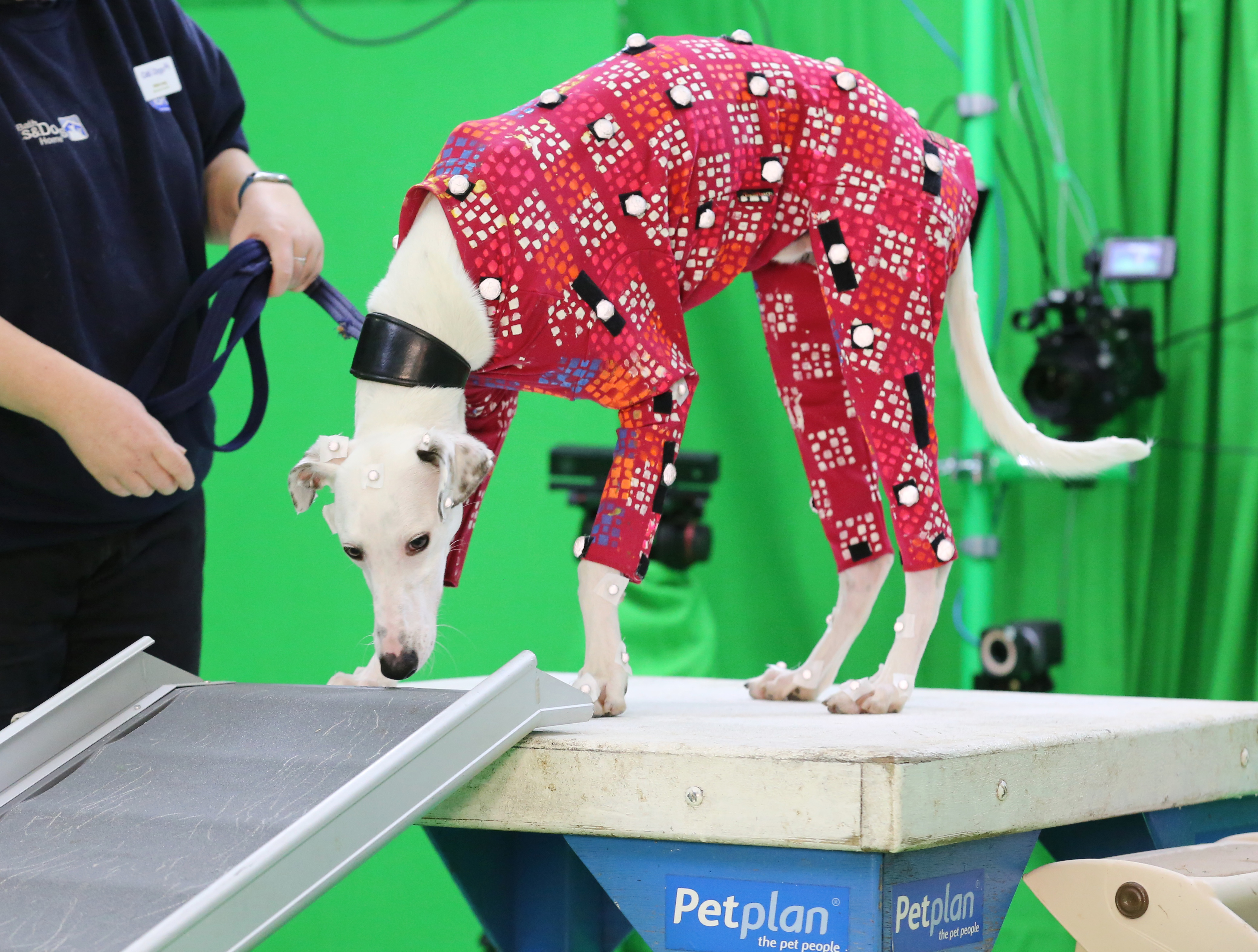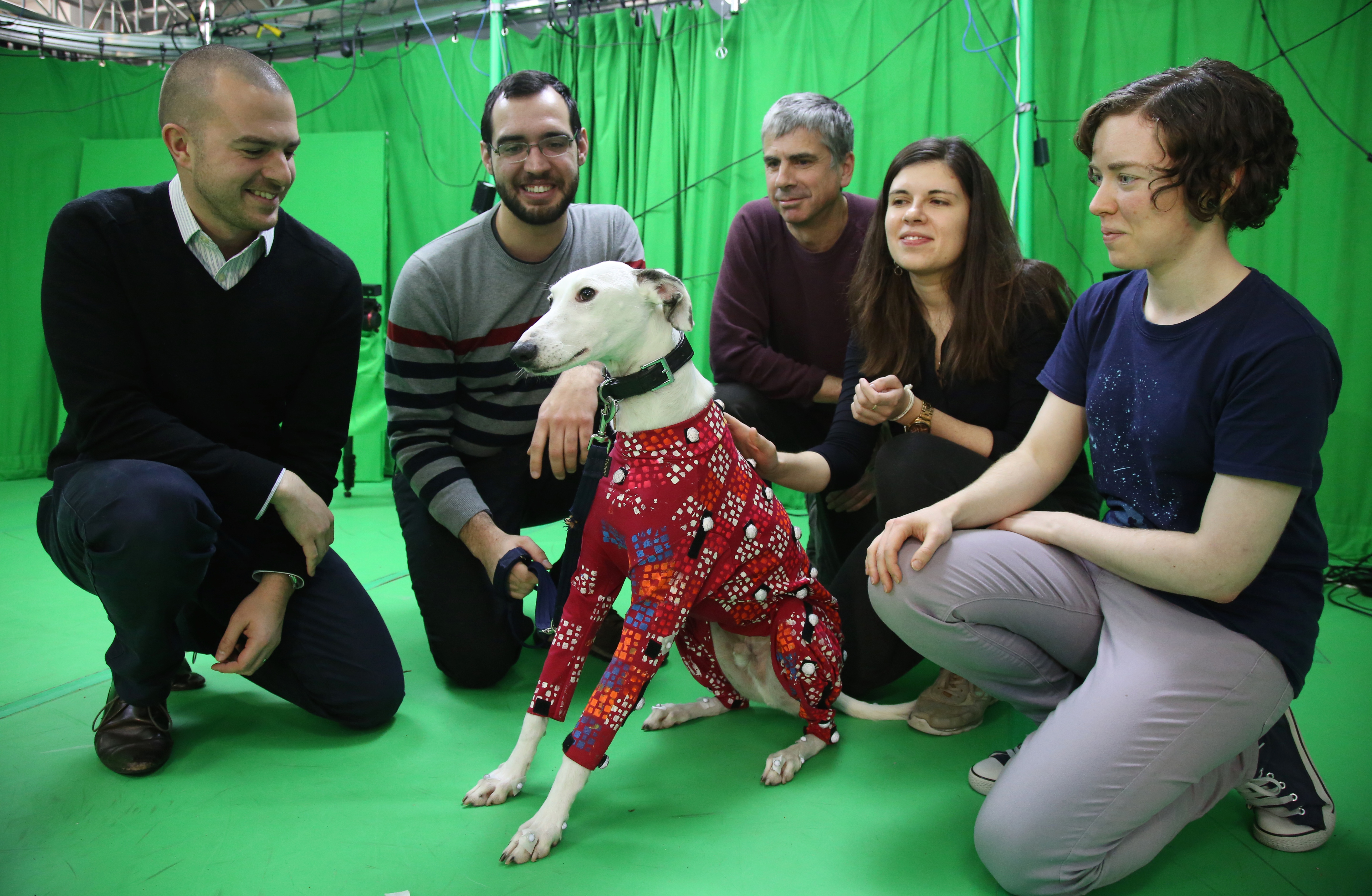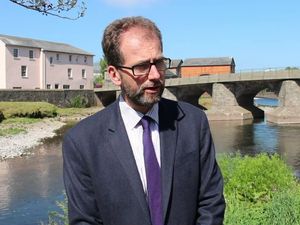These rescue dogs are helping the gaming industry create more realistic animations
A variety of dog breeds are expected to take part in the project.

Researchers have enlisted the help of rescue dogs to create a library of movement data from different breeds to make animal animations more realistic.
A team of computer scientists from the University of Bath is collecting motion capture from canine residents of Bath Cats and Dogs Home.
They are developing a technique to use the movements of a human actor to drive a four-legged character, making it move in a more authentic manner.
The work aims to improve animal animations in films and video games.
Martin Parsons is head of studio at the University of Bath’s Centre for Analysis of Motion, Entertainment Research & Applications (Camera).

“What we want to do is to look at the movements of the human actor and then use a kind of translator to look at a library of real animal data to make the character on the screen move in a realistic way.
“It works a bit like a puppeteer, with the actor using their whole body to drive the animal avatar.”
Parsons said it was “fantastic” to work with the rescue dogs and make a donation towards the work of Bath Cats and Dogs Home.

Infrared light hitting the reflective markers is sensed by cameras that are placed around the edge of the studio, which then records the 3D position of the marker.
This information can be used to reconstruct the movement of the dogs on the computer screen.
The dogs are accompanied by their carers from the rescue home, with an animal behavioural assistant to help.
Simon Lynn, head of animal operations at Bath Cats and Dogs Home, said: “This is such an innovative project for our dogs and team to be a part of.

“Kennel life can become repetitive so we’re always looking at ways to add enrichment to our dogs’ lives whilst they’re waiting to be adopted and a trip to the Camera team at the University of Bath definitely fits the bill.”
Lynn said the carers will check the dogs are “relaxed and happy” at all times.
Data collected by the project will also be used as part of collaborative research and development projects with industrial partners.
These will “drive the next generation of tools and processes across the visual effects and games industries”, a university spokeswoman said.




